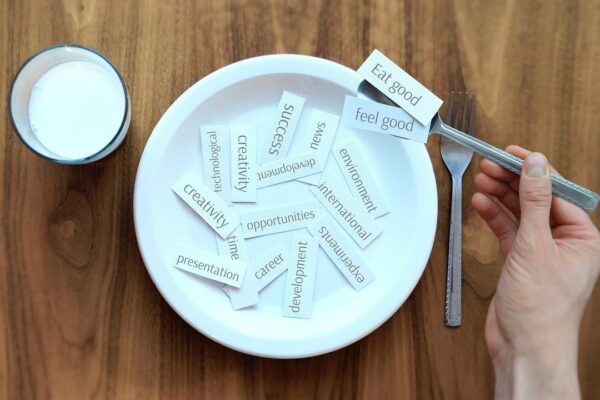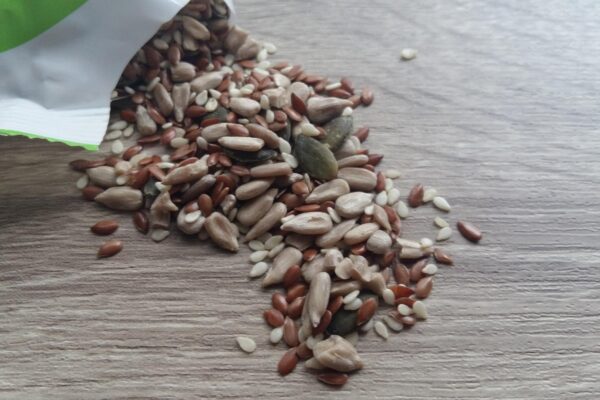3-Day Cleanse to Lose Belly Fat : How to Detox Your Body.
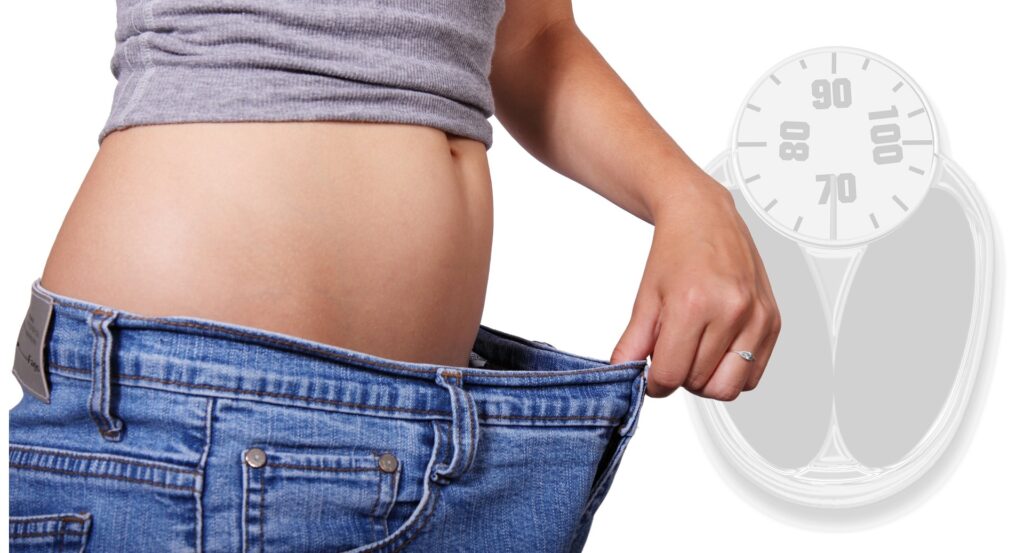
Frustrated with countless diets and exercise routines that seem to yield minimal results? Well, prepare to be amazed! Imagine a way to blast away belly fat in just three days. Yes, you heard it right – three days!
A 3-day cleanse is a short-term dietary regimen designed to detoxify the body, jump-start weight loss, and specifically target belly fat.
It involves following a structured plan for three consecutive days, during which you consume a carefully selected combination of nutrient-rich foods and beverages while eliminating processed foods, sugar, and other potential toxins from your diet.
The goal of this cleanse is to give your digestive system a break, support your body’s natural detoxification processes, and provide it with essential nutrients to optimize its functions.
By committing to a 3-day cleanse, you allow yourself to reset your eating habits, promote overall well-being, and kickstart your journey towards a healthier body and reduced belly fat.
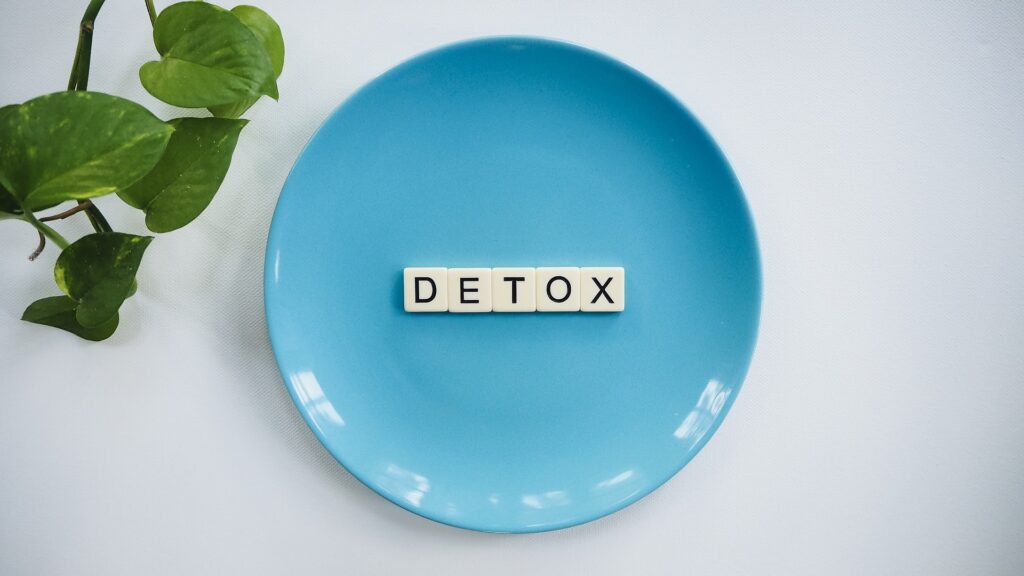
Targeting belly fat is not just about achieving a slimmer waistline; it holds significant importance for overall health and well-being. Belly fat, also known as visceral fat, is not just a cosmetic concern but a major risk factor for various health conditions. (1)
Research has shown that excess belly fat is associated with an increased risk of heart disease, type 2 diabetes, high blood pressure, and even certain types of cancer.
This type of fat is metabolically active and releases harmful substances into the bloodstream, disrupting the body’s hormonal balance and promoting inflammation.
The purpose of this article is to provide an in-depth understanding of how a 3-day cleanse can be used to effectively target and lose belly fat.
It aims to educate readers on the concept of a 3-day cleanse, its benefits, and its potential impact on belly fat reduction.
Understand the Belly Fat First
When it comes to belly fat, it’s essential to understand the distinction between two types: visceral fat and subcutaneous fat. Visceral fat is the fat that accumulates deep within the abdominal cavity, surrounding vital organs such as the liver, pancreas, and intestines.
This fat is metabolically active and releases hormones and inflammatory substances that can negatively impact our health. On the other hand, subcutaneous fat is found just beneath the skin, primarily in the abdominal area. While subcutaneous fat contributes to belly bulge, it is generally considered less harmful than visceral fat.
Visceral fat is of particular concern because it has been linked to an increased risk of several health conditions, including heart disease, type 2 diabetes, and certain cancers.
This fat type is metabolically active and releases fatty acids and inflammatory compounds that can disrupt normal hormone production and insulin sensitivity. It also contributes to chronic low-grade inflammation in the body, which can further exacerbate the risk of various diseases.
In contrast, subcutaneous fat, although cosmetically undesirable for many, is not as metabolically active and has a lesser impact on overall health. While reducing subcutaneous fat can improve aesthetics and body composition, addressing visceral fat is of paramount importance to reduce the associated health risks.
By understanding the difference between visceral and subcutaneous fat, we can focus our efforts on targeting and reducing the more harmful visceral fat, promoting better health outcomes and a trimmer waistline.
Risks of Having Excess Belly Fat
Excess belly fat poses significant health risks and is associated with a range of detrimental health conditions. Here are some of the key health risks associated with carrying excess belly fat:
Cardiovascular Disease: Belly fat has been strongly linked to an increased risk of heart disease and related conditions such as high blood pressure, elevated cholesterol levels, and atherosclerosis. Visceral fat releases inflammatory substances and hormones that can negatively impact cardiovascular health.
Type 2 Diabetes: Belly fat is a major risk factor for the development of insulin resistance and type 2 diabetes. Visceral fat produces chemicals that interfere with insulin signalling, leading to impaired glucose metabolism and elevated blood sugar levels.
Metabolic Syndrome: Excessive belly fat is often a component of metabolic syndrome, which is characterized by a cluster of conditions including high blood pressure, insulin resistance, abnormal cholesterol levels, and increased risk of cardiovascular disease. Together, these factors significantly heighten the risk of chronic health problems.
Certain Cancers: Studies have shown that carrying excess belly fat increases the risk of developing certain types of cancers, including colorectal cancer, breast cancer (in postmenopausal women), and pancreatic cancer. The release of inflammatory substances and hormones from visceral fat may contribute to the growth and progression of cancer cells.
Sleep Apnea: The presence of belly fat can contribute to the development or worsening of sleep apnea, a sleep disorder characterized by pauses in breathing or shallow breaths during sleep. The excess weight and fat in the abdominal area can obstruct the airways and disrupt normal breathing patterns during sleep.
It is crucial to address excess belly fat not only for aesthetic reasons but also to mitigate these health risks and promote overall well-being.
Benefits of the 3-Day Cleanse Concept
Detoxification of Toxins
One of the key benefits of a 3-day cleanse is its ability to support detoxification and the elimination of toxins from the body. In our modern world, we are exposed to numerous environmental pollutants, processed foods, and other toxins that can accumulate in our system over time.
These toxins can burden our organs of elimination, such as the liver, kidneys, and colon, hindering their optimal functioning. (2)
During a 3-day cleanse, the focus is on consuming nutrient-dense, whole foods while eliminating processed foods, sugar, caffeine, and alcohol. This shift in dietary habits allows the body to redirect its energy towards detoxification processes.
The cleanse often includes specific foods and beverages that have detoxifying properties, such as lemon water, green juices, and fiber-rich fruits and vegetables.
By providing the body with a break from potentially harmful substances and supporting it with nourishing, cleansing foods, a 3-day cleanse can enhance the efficiency of the body’s natural detoxification pathways.
The liver, our primary detoxification organ, can better metabolize and eliminate toxins, while the kidneys work to filter and eliminate waste products. The colon is also allowed to eliminate accumulated waste and promote regular bowel movements.
Break Plateaus and Start Weight Loss
A 3-day cleanse can be an effective tool for jump-starting weight loss and breaking through plateaus. When we embark on a weight loss journey, our bodies may adapt and reach a point where progress stalls, making it challenging to continue losing weight. This is commonly known as a weight loss plateau.
By following a 3-day cleanse, we introduce a change in our dietary habits and nutrient intake, which can stimulate the metabolism and encourage the body to burn stored fat for energy.
The cleanse often involves consuming low-calorie, nutrient-dense foods and beverages that support fat-burning and metabolic processes.
Breaking through a weight loss plateau is not only beneficial for continued progress but can also boost motivation and confidence in achieving weight loss goals.
By giving the body a brief period of focused cleansing and nutrient-rich nourishment, a 3-day cleanse can revitalize the weight loss journey and set the stage for continued success.
Improves Digestion and Nutrient Absorption
A 3-day cleanse can enhance digestion and improve nutrient absorption. By eliminating processed and heavy foods during the cleanse and focusing on whole, nutrient-dense options, we provide our digestive system with a break and allow it to function more efficiently.
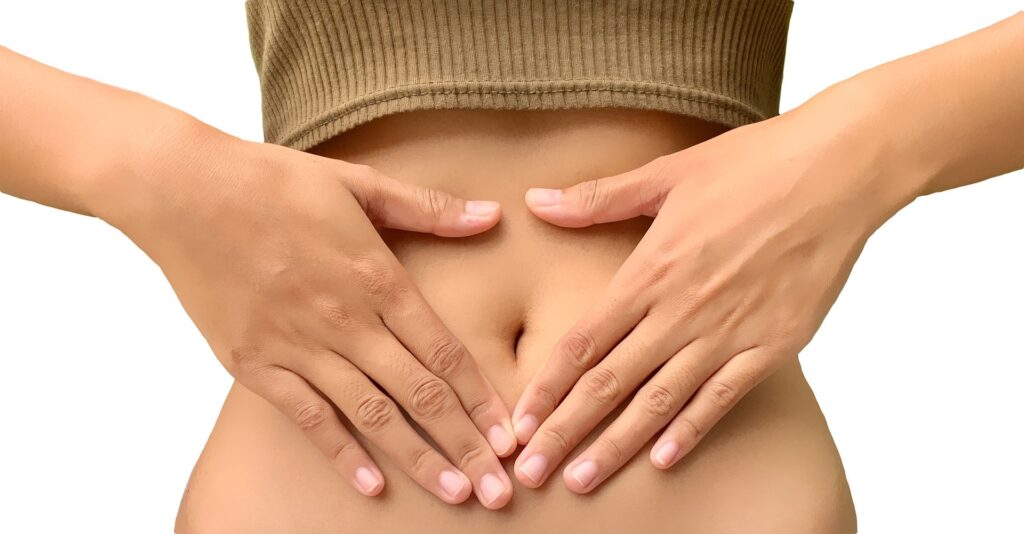
The cleanse often includes fiber-rich fruits and vegetables, which promote healthy bowel movements and support the elimination of waste. The temporary shift to lighter, easily digestible foods can also reduce bloating and discomfort, allowing nutrients from the cleanse to be absorbed more effectively, leading to improved overall digestion and nutrient utilization.
The Best Complete 3-Day Cleanse Plan
The 3-Day Cleanse Plan typically follows a structured daily schedule to maximize its benefits. Mornings can start with gentle exercise or stretching to stimulate the body and promote circulation.
Throughout the day, it’s important to engage in light physical activities such as walking or yoga to support digestion and overall well-being.
Adequate rest and quality sleep are also essential during the cleanse to allow the body to repair and rejuvenate.
The cleanse involves a detailed breakdown of meals and beverages for each day.
In the morning, cleansing drinks and smoothies are typically consumed to kickstart the day and provide a nutrient boost. These may include lemon water, green juices, or detoxifying smoothies packed with fruits, vegetables, and plant-based proteins.
For the afternoon, light and nutrient-rich salads are recommended. These can include leafy greens, colorful vegetables, lean proteins, and healthy fats like avocado or nuts.
These salads provide essential vitamins, minerals, and fiber while keeping the calorie intake moderate.
In the evening, cleansing soups and herbal teas take centre stage. These soups are often prepared with a variety of vegetables, herbs, and spices that support digestion and promote satiety.
Herbal teas, such as ginger or peppermint, can be enjoyed throughout the day to hydrate and provide additional detoxifying benefits.
Keep Hydrated is Vital
Staying hydrated is crucial during the cleanse, and water intake should be increased. Alongside water, herbal teas and infused water can be consumed to add flavor and support hydration.
Hydrating foods like cucumbers, watermelon, and citrus fruits can also be incorporated to further enhance hydration levels and aid in the detoxification process.
Suggestions
The 3-day cleanse plan encourages the incorporation of exercise and rest. Moderate physical activity, such as walking, light yoga, or stretching, is recommended to support digestion, improve circulation, and enhance overall well-being.
Rest is equally important during the cleanse, as it allows the body to recharge and optimize its detoxification processes.
Adequate sleep, stress reduction techniques like meditation or deep breathing exercises, and moments of relaxation should be prioritized to complement the cleansing efforts.
By following this well-structured 3-day cleanse plan, individuals can optimize their detoxification process, support digestion, and achieve a sense of overall rejuvenation and well-being. (3)
However, it’s essential to listen to the body’s signals and make modifications as needed, ensuring that the cleanse aligns with individual health needs and preferences.
Tips for Success
A. Gradual Transition to and From the Cleanse
To maximize the benefits and minimize potential discomfort, it’s important to ease into and out of the cleanse. Gradually reduce processed foods, caffeine, and sugar in the days leading up to the cleanse. Similarly, after completing the cleanse, slowly reintroduce regular foods back into your diet to avoid digestive disturbances.
B. Listen to Your Body’s Signals and Adjust Accordingly
Pay attention to how your body responds during the cleanse. If you feel excessively fatigued or experience discomfort, modify the cleanse to better suit your individual needs. It’s essential to prioritize your well-being and make adjustments as necessary.
C. Strategies to Manage Cravings and Hunger
Cravings and hunger pangs may arise during the cleanse. To manage them, ensure you’re adequately hydrated and incorporate fiber-rich foods and healthy fats into your meals. These can help keep you satiated for longer. Additionally, engaging in distracting activities, such as going for a walk or practising a hobby, can help redirect your focus away from cravings.
D. Supportive Practices like Meditation and Journaling
During the cleanse, incorporating supportive practices can enhance the overall experience. Engage in stress-reducing activities like meditation or deep breathing exercises to promote relaxation and mental clarity. Journaling can also provide an outlet for self-reflection and tracking your progress throughout the cleanse.

Always keep in mind that the journey of a 3-day cleanse is unique to each individual.
It’s important to listen to your body, make modifications as needed, and engage in practices that support your overall well-being.
By implementing these tips, you can enhance your experience and increase your chances of success during and after the cleanse.
Pros and Cons
Some individuals may have allergies or intolerances to certain foods or ingredients included in the cleanse.
It’s crucial to carefully review the cleanse plan and ensure that it aligns with your dietary needs and restrictions.
If you have any concerns, consult with a healthcare professional or nutritionist before starting the cleanse. It’s important to recognize that a 3-day cleanse is not a long-term solution for weight loss or overall health.
To sustain the benefits of the cleanse and achieve long-term weight loss, it’s crucial to adopt a balanced, nutritious diet and engage in regular physical activity. Focus on building healthy habits and maintaining a healthy lifestyle beyond the cleanse period.
Wrap Up
In summary, a 3-day cleanse offers various benefits such as detoxification, jump-starting weight loss, enhancing digestion, and improving nutrient absorption. However, it’s important to consider potential risks and take necessary precautions.
Gradual transitions to and from the cleanse, listening to your body’s signals, managing cravings and hunger, and incorporating supportive practices like meditation and journaling can contribute to a successful cleanse experience.
It’s crucial to be aware of allergies and intolerances, and potential side effects, and consult with healthcare professionals regarding specific health conditions and medications. Additionally, post-cleanse maintenance and long-term weight loss require adopting a balanced, healthy lifestyle.

